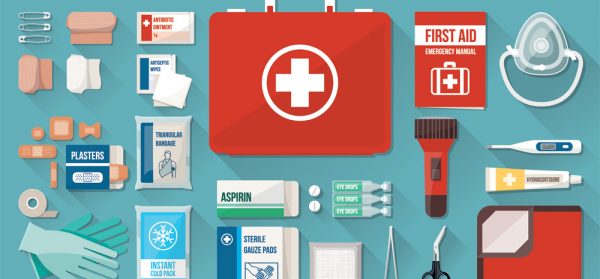
CPRNM® is a comprehensive directory designed to connect individuals and employers with top-tier training
providers including the AHA®, Red Cross®, and other training providers.*
The healthy eating plan is essential when controlling a diabetic condition. However, making abrupt changes in eating habits or going on diets can seem overwhelming to individuals living with diabetes. As a result, minor changes in your diet can make important differences in your blood sugar level and how you feel. In addition, healthy eating can still be fun, tasty, and satisfying. The following can be applied when managing a healthy eating plan;
Monitor the quality and quantity of the foods you eat to ensure that every meal is nutritionally balanced
At this stage, many people with or without diabetes may decide to go hungry or even deprive, but healthier eating plan for people with diabetes is also good for the entire family members. Moreover, in order to manage a healthy diet, you’ll need to:
- Consume a wide variety of food daily
- Minimize the consumption of some foods and increase on others
- Eat the same portions or quantity at each meal
- And establish a regular schedule for your meals
Consider the total amount of carbohydrates you consume at each meal
All foods have nutrients that provide the body with enough energy. However, there’re three types of nutrients that need to be considered when watching the blood sugar level from rising. They include:
- Proteins
- Carbohydrates
- Fats
Carbohydrates, (simple and complex) can cause the blood sugar level to rise more rapidly, unlike proteins and fats. Therefore, it’s important to consider the total amount of your carbohydrate intake at each meal.
As a result, it’s recommended that you choose fruits, vegetables, pasta, and grains. These Carbohydrates have high nutrient value, fiber, and energy but less fat and fewer calories. Moreover, try to avoid carbohydrates with simple sugars that can not only raise your blood sugar level but can also add fat and calories. They include cakes, candy, sodas, cookies, and ice cream. Although this doesn’t mean that you’re now restricted from having a slice of birthday cake, but remember our aim here is to achieve a goal by successfully managing the blood sugar level.
Similarly, proteins play an important role in repairing muscle tissues, bones, and skin. Moreover, they’re also a source of energy in the absence of carbohydrates. Proteins are generally found in animal products like fish, milk, meat etc, likewise, they are also found in vegetables and grain products.
Because animal proteins have high-fat content, try to choose proteins with low-fat sources. Fats are a good source of energy and help absorb certain vitamins from the body. As a result, fats are necessary for the body, however, they can cause more side effects such as weight gain, and may also affect the heart and other body organs, if consumed excessively, thus complicating your diabetic condition even more.
“People with diabetes have the same eating plan like that recommended for everyone; the one that encourages you to eat a variety of healthy foods. This has several advantages. Apart from helping you maintain a normal blood glucose level, it also helps you manage a healthy weight, as well as reduce your cholesterol and blood pressure”.
Make a healthy choice on how much and when to eat
When a person is diabetic, the first precaution is to consider the amount, type, and timing of meals, which are all effective to blood sugar level. Actually, the size of the food you eat should be at recommendable portions. Many people, however, would benefit from eating smaller portions. As a result, eating smaller meals every 4-5 hours is generally better, but make sure you don’t skip breakfast.
“In order to maintain your blood glucose within an acceptable range, it’s very important to balance the time when taking your medication and/or exercise with the time you eat”.
To learn more about how to manage your eating plan, I recommend you spend a little of your time with a certified diabetes educator. This is a person with special training on matters concerning diabetes management and should be fully certified by your country’s Association of diabetes Board Educators. Moreover, a dietitian or nutritionist can help you also tailor your eating plan to fit your lifestyle.
 July 27, 2016
July 27, 2016 






